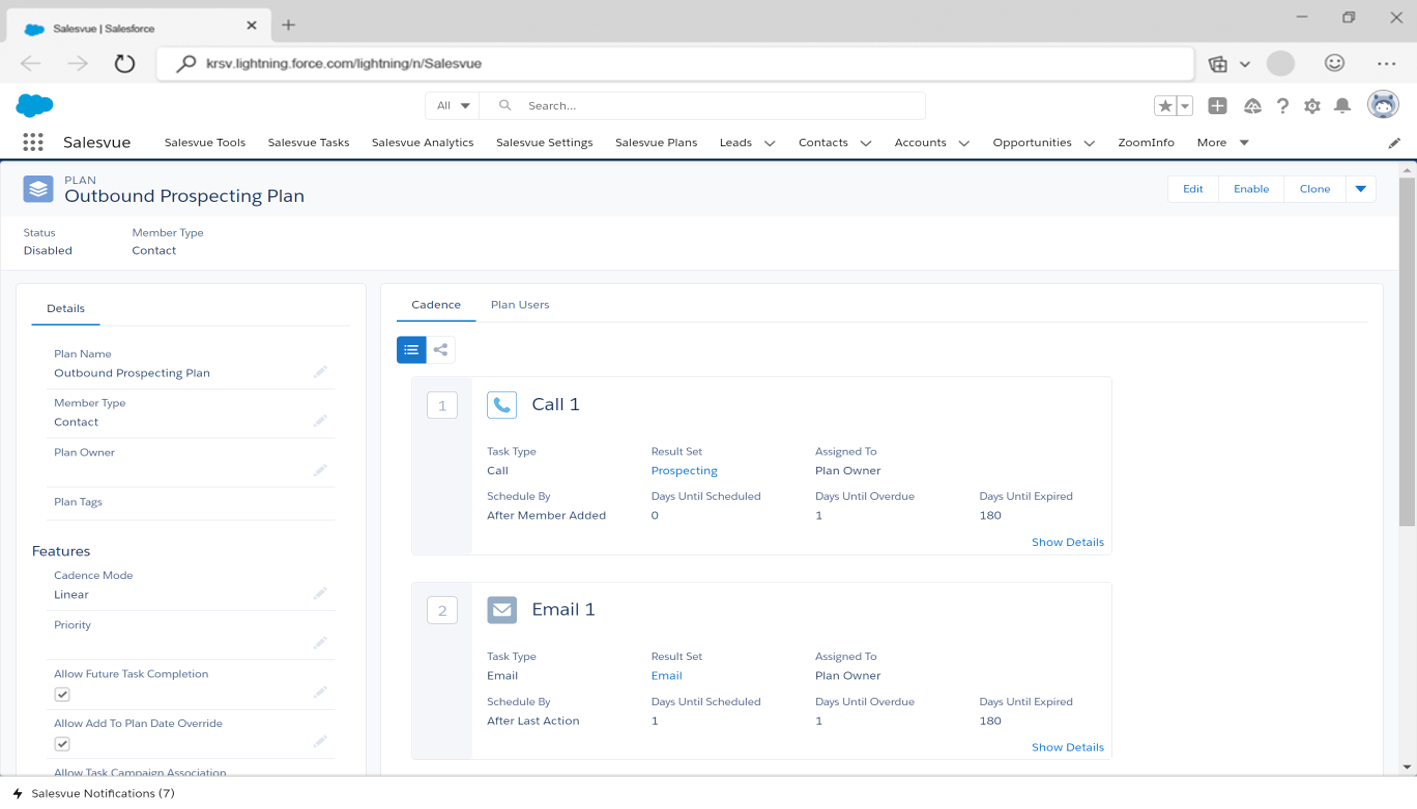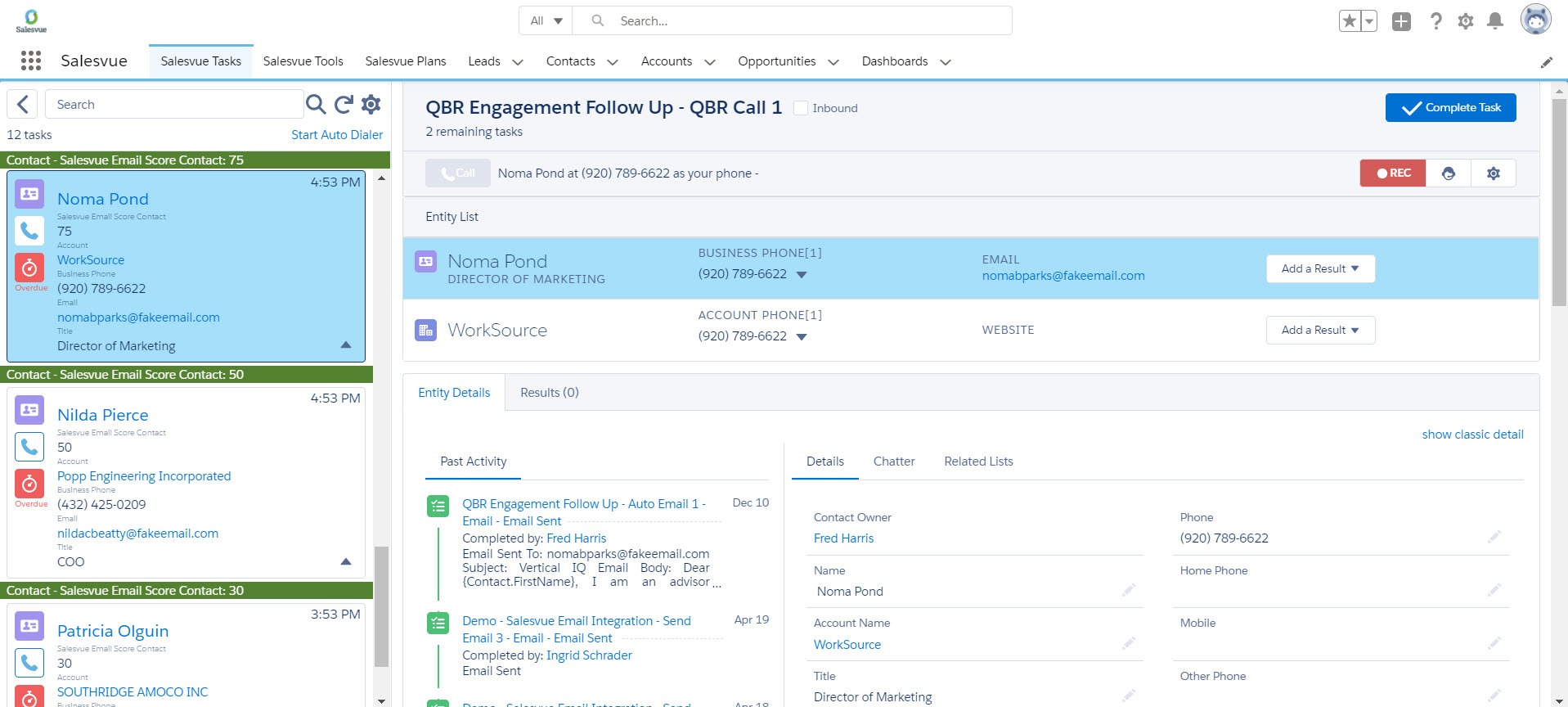Introduction
Your sales funnel should be a constant flow of leads. However, sometimes getting from an MQL to an SQL is harder than it must be. By not utilizing the right lead generation software or strategy, you are missing out on potential deals. Enough deals will never get done if you are struggling to find enough SQLs. This blog will outline some tips for sales lead generation that will help your team close more deals.
MQL’s
Simply put, marketing qualified leads, or MQLs, are leads generated through marketing efforts. These leads have engaged with your brand, by volunteering contact information or being a repeat website visitor for example. MQLs are farther along in the sales funnel than a normal lead. They are one step closer to contact with a salesperson. By showing they are interested in your brand, MQLs are more likely to have a positive reception to a conversation with your sales department.
SQL’s
Sales qualified leads, or SQLs, are a step further along in the sales process than MQLs. These are leads that have interacted with the sales department and the sales team has determined they have a propensity to purchase. SQLs are a much higher priority than MQLs, since they are closer to purchasing.

The value of SQLs has to do with time and fit. Not only are SQLs further along the timeline and closer to buying than MQLs, but they also fit the market segmentation you are going after. They are leads that marketing has passed along and sales has confirmed fit the type of potential customer that is close to buying. These are the people that need to be on the top of the priority list for your sales team. Knowing this, here are a few tips on how to generate these leads.
Tips for Sales Lead Generation
Understand Target Audience
Understanding your target audience will be key in the generation of more SQLs. How are you supposed to know if a lead fits your target audience if you do not know what your target audience is? Figuring this out is a big step towards gaining valuable leads. Once you know your target audience, and the best practices for reaching them, your marketers will be able to tailor messaging towards this group. The more people that messaging resonates with, the more people in your funnel, and the higher chance more SQLs are a result of that.
Use Effective Messaging
The next step after understanding your target audience is to use effective messaging to reach them. By using messaging and marketing material that resonates with your target audience, you will be able to draw them in and interest them. Potential leads will be turned away from things they do not need. Before they are an SQL, the lead may not even know if they need your product let alone want it. Once you find messaging that reaches your target audience, you can use a call to action to see if they are truly interested.
Use Sales Cadences
Now, with a plan in place to target the right people and gauge if they are interested, you need a way to target prospects at scale. A great way to do this is by using sales cadences. A sales cadence is the steps a seller takes to close a deal. By implementing a well put together cadence for your team, you can ensure your sellers are more effective in reaching potential leads. The more effective they are and the more people they put in the funnel, the higher chance at more SQLs.

Use Digital Ads
You do not need to directly contact your target audience to reach them. Through other forms of messaging, you can make these connections without your sales team using up their time. A good start to this messaging is with digital ads. Digital ads are a good way to generate organic leads. One great way to achieve this is with Facebook Ads. Facebook Ads allow you to target an audience based on different demographics. Another good form of digital ads is Google Ads. These allow you to show as a result when a potential lead is searching for your product or industry.
After a lead sees one of these ads, they will be directed to a landing page. These landing pages are also a great tool to help with sales lead generation. They allow for contact information to be collected and provide a space for general information as well as a call to action. Landing pages help a lead “raise their hand” if they are interested in your product.
Keep in Touch with Old MQLs
Even though some leads may seem lost since there has not been a touchpoint in a few months, they may still be used for sales lead generation. By keeping in touch with old MQLs, you will be able to see if their interests or situation has changed. Perhaps a deal did not work out before because the timing was off. By reaching out to old MQLs, you will be sure to not miss out on opportunities.
How Salesvue Helps
Now that you know some tips to help generate sales leads, you may be wondering how to implement these ideas. That is where Salesvue steps in. Salesvue is a sales engagement platform that helps users fill the funnel. With Salesvue, users can create sales cadences that efficiently and effectively target the right people.

From there, Salesvue allows sellers to focus on the right tasks targeting the right people. This helps move more prospects from MQLs to SQLs. Salesvue is committed to helping sales leaders and teams gain more SQLs, meaning more closed deals for your business.
Summary
Moving a prospect from being an MQL to an SQL is every sales team’s goal. This is the key to generating enough business. The value of an SQL is much more than that of a MQL, so every business should try to convert leads into SQLs as effectively as possible. By understanding your target audience and using effective messaging, sales cadences, and digital ads, you can ensure more SQLs get pushed through your funnel. On top of this, using technology such as Salesvue can help this process move along in an automated and effective way.
Category
Tags
Subscribe to Funnel Vision
Get the latest and greatest right in your inbox






